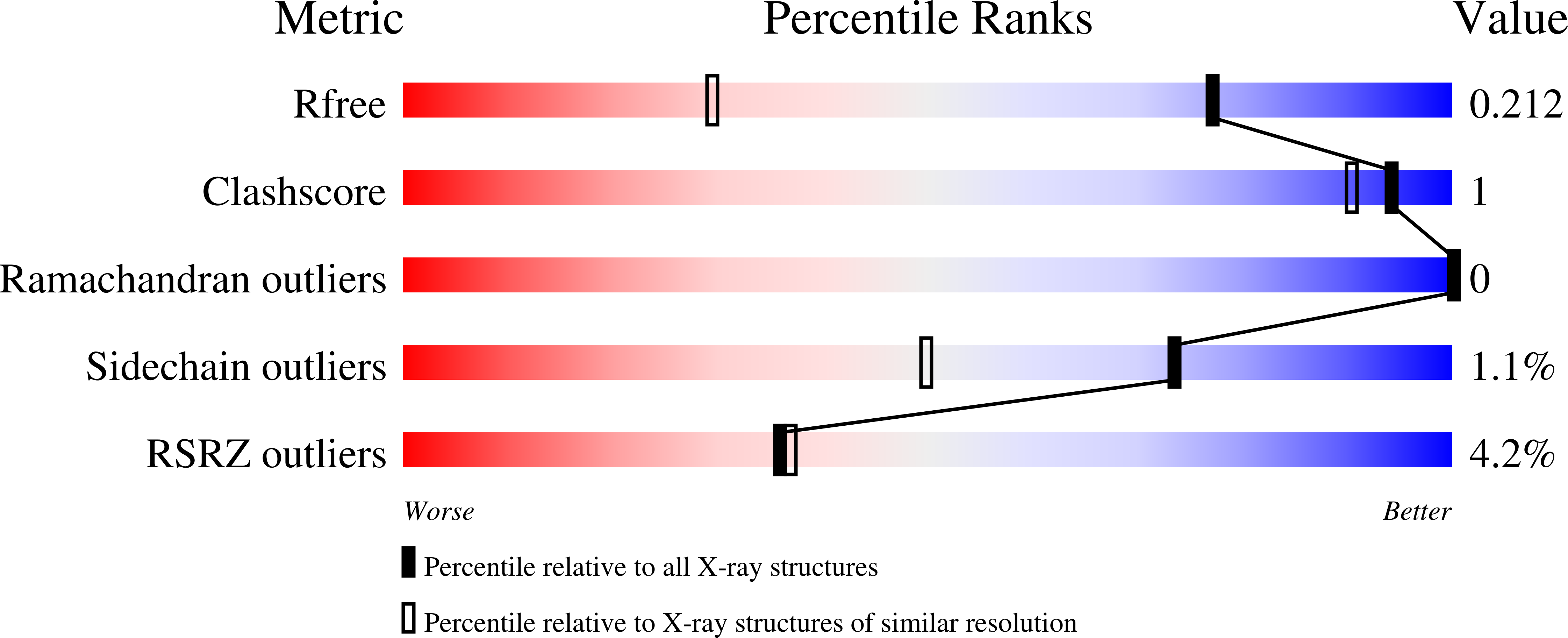
Deposition Date
2023-02-21
Release Date
2023-08-16
Last Version Date
2024-10-23
Entry Detail
PDB ID:
8G9Q
Keywords:
Title:
Tricomplex of Compound-1, KRAS G12C, and CypA
Biological Source:
Source Organism:
Homo sapiens (Taxon ID: 9606)
Host Organism:
Method Details:
Experimental Method:
Resolution:
1.40 Å
R-Value Free:
0.21
R-Value Work:
0.18
R-Value Observed:
0.18
Space Group:
P 21 21 2


